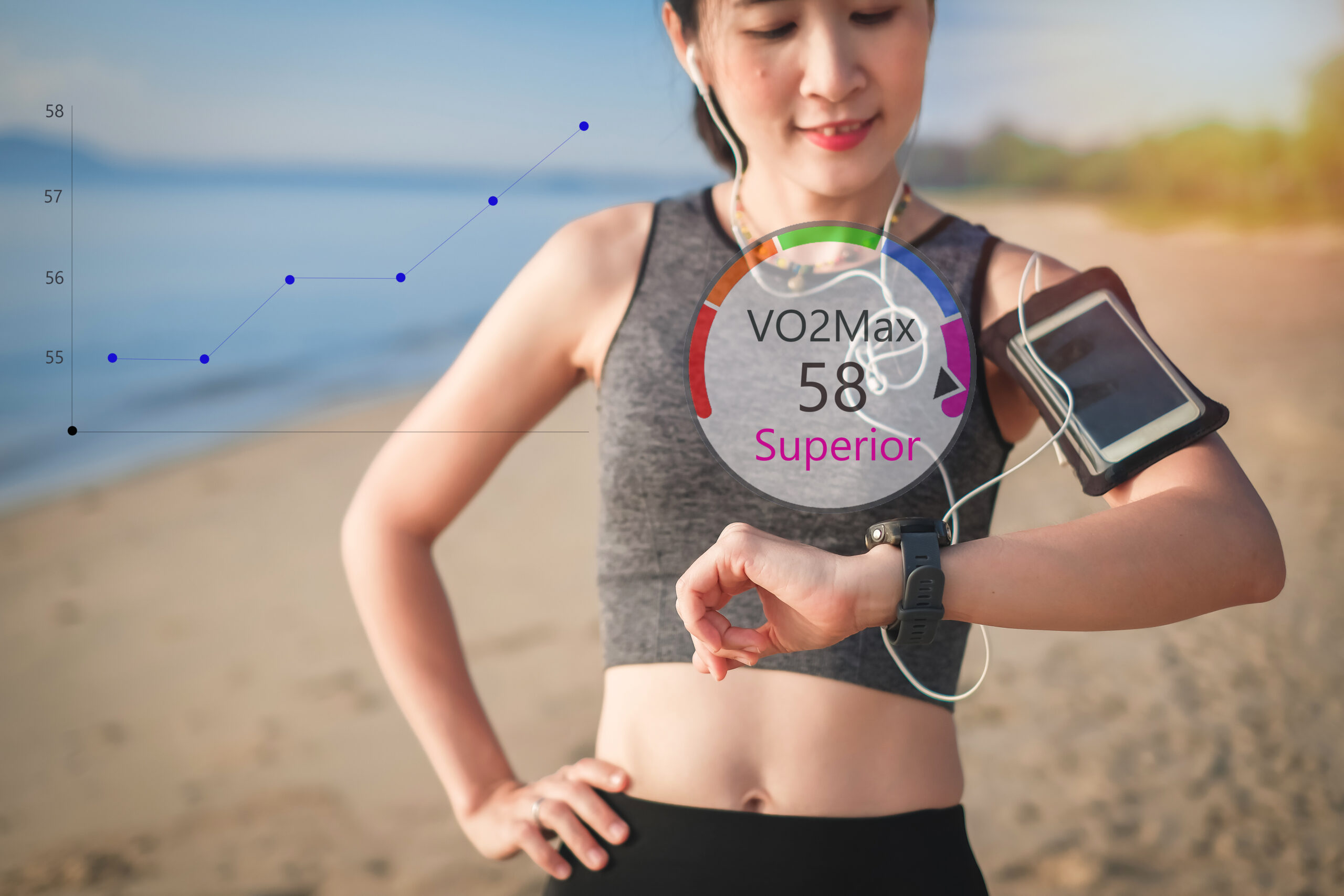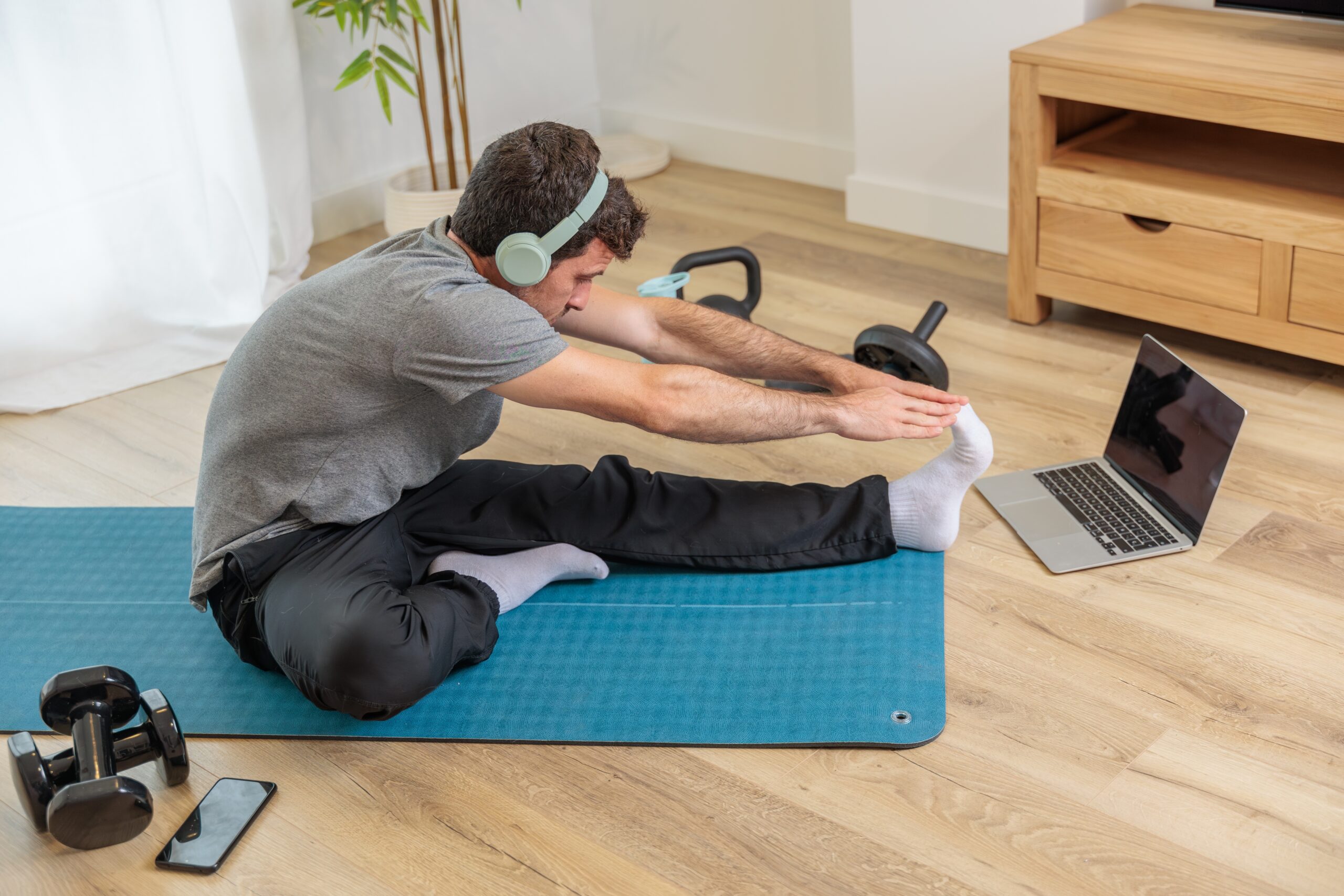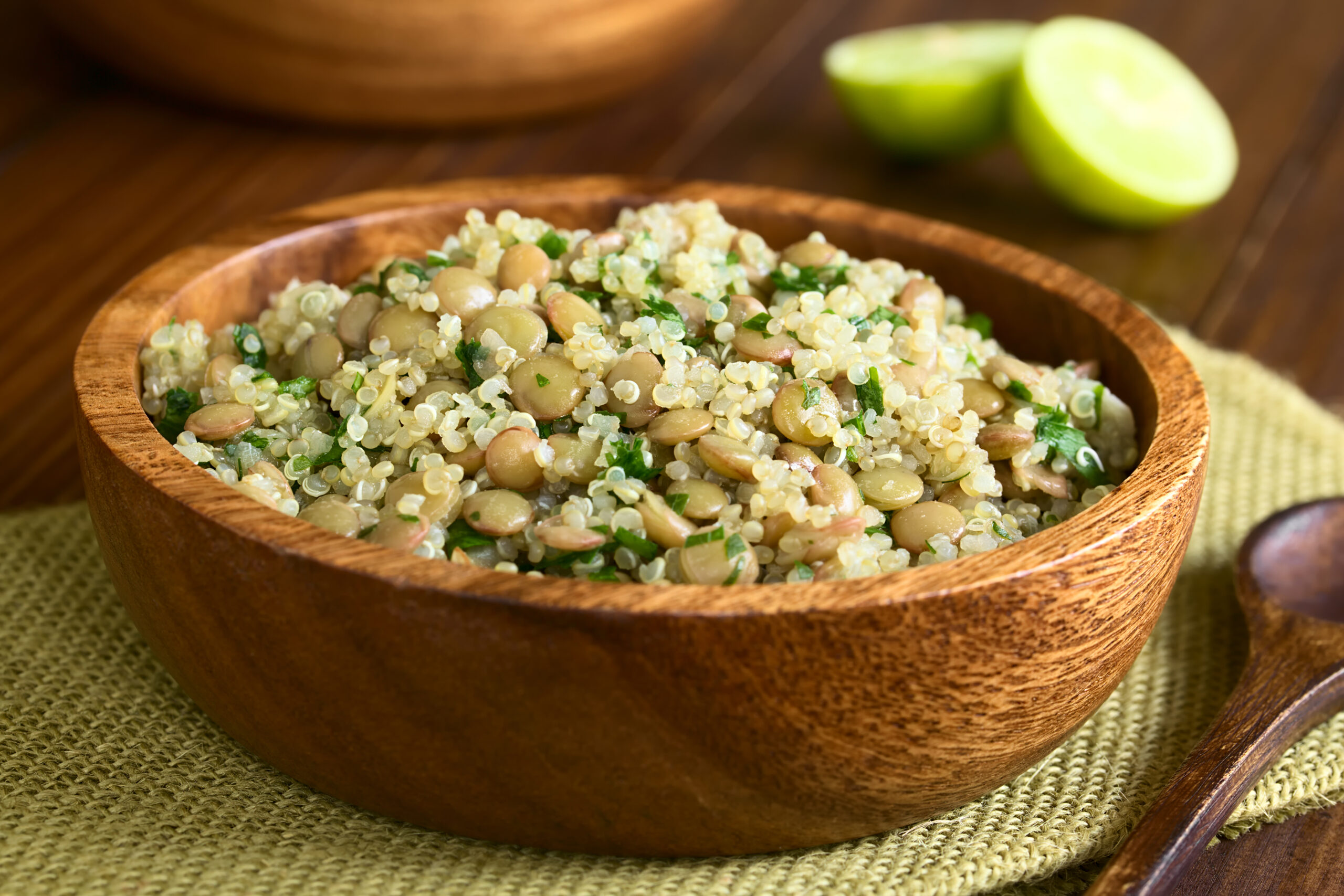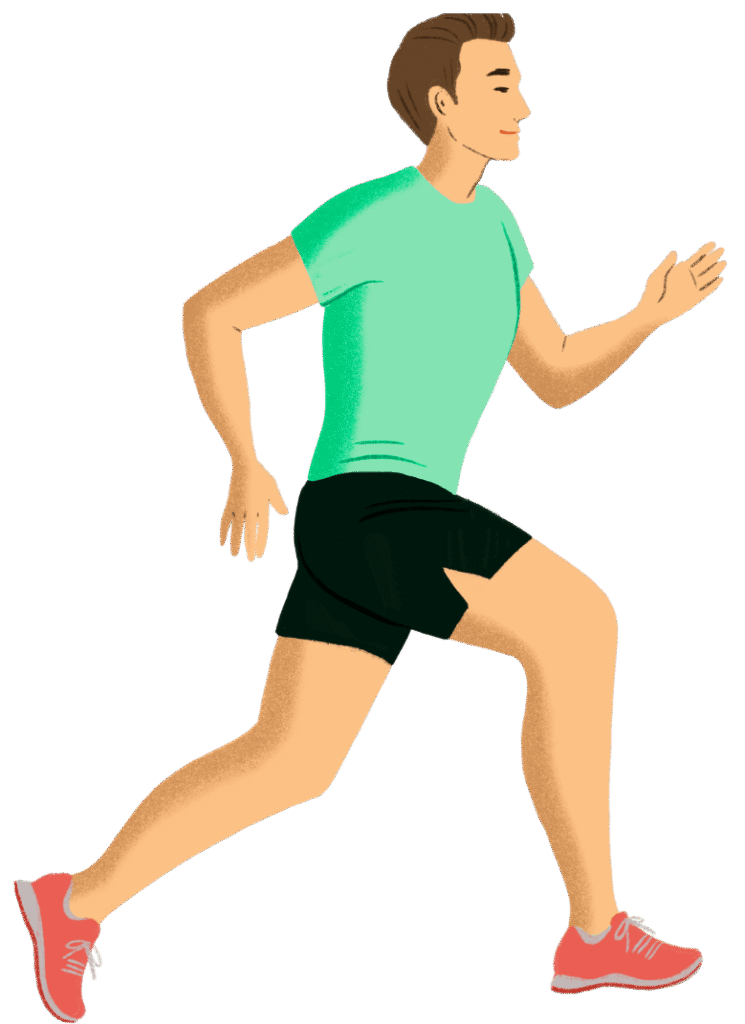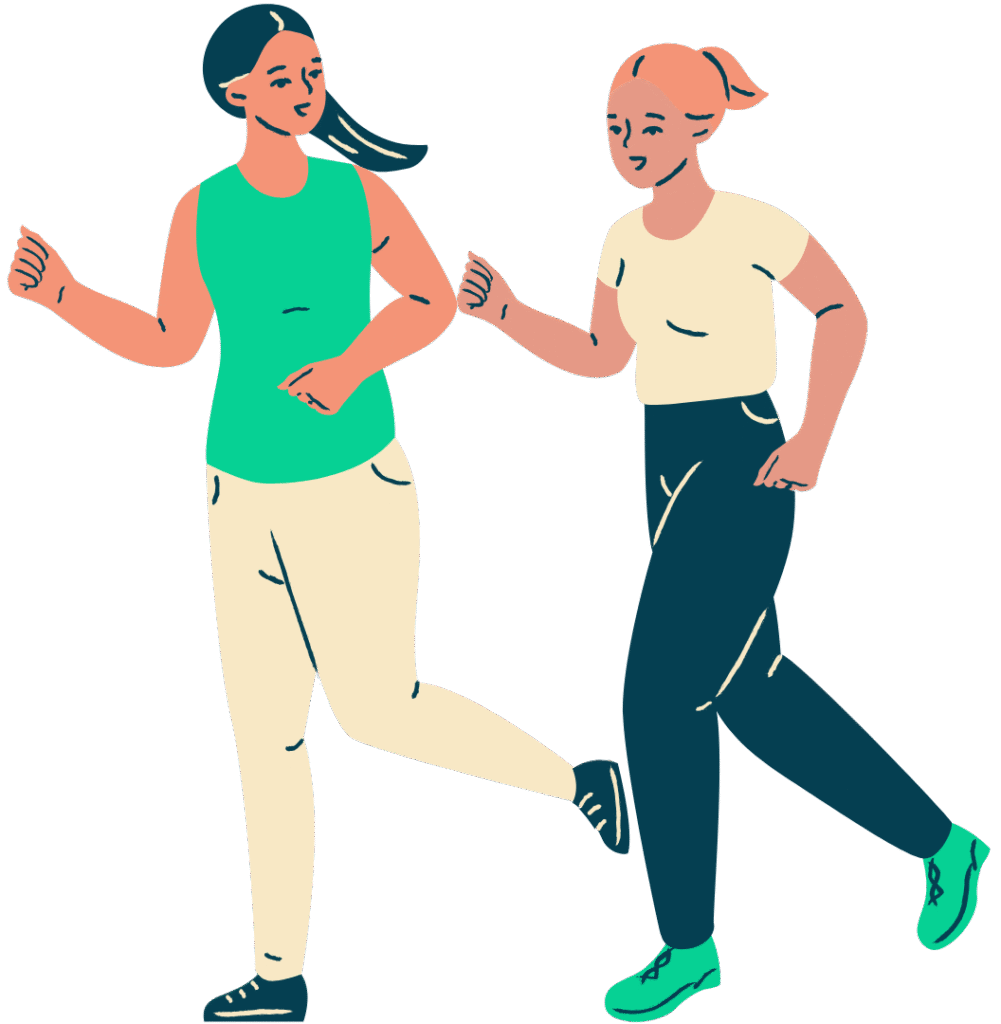If you could estimate your longevity with a simple fitness test, would you change how you age—starting today?
Story Snapshot
- VO₂ max is the gold standard for predicting cardiovascular fitness and healthy aging.
- Four science-backed strategies can measurably boost VO₂ max—and possibly extend life span.
- Portable technologies and personalized protocols are revolutionizing fitness testing for everyone.
- Stakeholders from elite sports to public health are reshaping how we measure and improve aerobic fitness.
VO₂ Max: The Unseen Predictor of How You’ll Age
VO₂ max, the maximal amount of oxygen your body can use during intense exercise, has quietly become the most telling predictor of cardiovascular health and longevity. Originally defined in 1923 by Hill and Lupton, this metric has evolved from a laboratory curiosity into a central pillar of preventive medicine, sports science, and public health. In the past decade, portable analyzers and wearable tech have made VO₂ max accessible to the masses, putting a once-elite metric at the heart of aging well and living longer.
Cardiorespiratory fitness measured by VO₂ max is now regarded as a stronger indicator of healthy aging than cholesterol, blood pressure, or even body weight. Recent research highlights that individuals with higher VO₂ max scores enjoy lower risk of chronic disease, better brain health, and improved quality of life as they age. As public health agencies and clinicians prioritize aerobic fitness, the conversation has shifted from “how fit are you?” to “how well will you age?”
The Four Proven Paths to Higher VO₂ Max
High-Intensity Interval Training (HIIT) delivers the fastest and most reliable gains in VO₂ max for most people. By alternating intense bursts of exercise with recovery periods, HIIT supercharges cardiovascular and muscular efficiency—making it popular among both elite athletes and busy adults. Clinical studies and sports science research consistently show HIIT’s superiority in boosting oxygen uptake and metabolic health.
Continuous endurance training, such as sustained running, cycling, or swimming at moderate-to-high intensity, builds the body’s capacity to deliver and utilize oxygen. Harvard Health and leading exercise physiology labs endorse this method for its broad applicability and proven impact on cardiovascular health. Endurance routines, when performed regularly, are shown to not only increase VO₂ max but also enhance recovery and stamina over time.
Altitude Training, Strength Work, and Cross-Training: The Next Frontier
Altitude or hypoxic training introduces the body to low-oxygen environments, stimulating red blood cell production and improving oxygen-carrying capacity. While this approach is favored by elite athletes seeking marginal gains, moderate improvements are possible for regular exercisers—especially when combined with structured protocols. The science supports its efficacy, but accessibility remains limited outside specialized training centers.
Strength and cross-training round out the top four strategies. Integrating resistance workouts and varied exercise modalities helps develop muscle mass, joint health, and overall aerobic adaptation. Health professionals recommend cross-training for its balanced benefits, preventing overuse injuries and supporting sustained progress in VO₂ max. The synergy of strength and endurance work is especially valuable as we age, maintaining mobility and metabolic rate.
Stakeholders, Technology, and the Future of Fitness Testing
The landscape of VO₂ max testing is shaped by a diverse cast—exercise physiologists, sports scientists, medical professionals, athletes, coaches, tech innovators, and public health leaders. Collaboration between academia, industry, and healthcare drives advances in measurement accuracy and training intervention. Competition among tech firms for consumer adoption has led to a surge in wearable devices, democratizing access to individualized fitness analytics.
Portable VO₂ max analyzers and user-friendly field tests now allow anyone to estimate their aerobic fitness from home or gym. Online estimation tools and submaximal protocols have broadened participation, making VO₂ max a household metric. Regulatory bodies set standards, while influential coaches and sports medicine practitioners guide implementation. The result is a dynamic ecosystem, with fitness, healthcare, insurance, and electronics sectors all impacted by VO₂ max research and innovation.
Impact, Controversy, and Expert Consensus
Short-term, improved VO₂ max translates to better training outcomes, lower cardiovascular risk, and increased awareness of aging well. Long-term, these trends may reduce chronic disease burden, enhance athletic performance, and shift societal norms toward preventive health. Debate persists among experts regarding the precise definition of VO₂ max plateau and the relative influence of genetics versus training. Most agree, however, that regular assessment and targeted exercise can move the needle for virtually everyone—regardless of age or baseline fitness.
Harvard Health, Healthline, and peer-reviewed studies validate the reliability of both laboratory and field tests, cautioning against using VO₂ max as the sole predictor of performance. They advocate a holistic approach, integrating lifestyle, medical history, and complementary metrics. Ultimately, the promise of VO₂ max is not just in predicting how long you’ll live, but in shaping how well you live—right now and for decades to come.
Sources:

